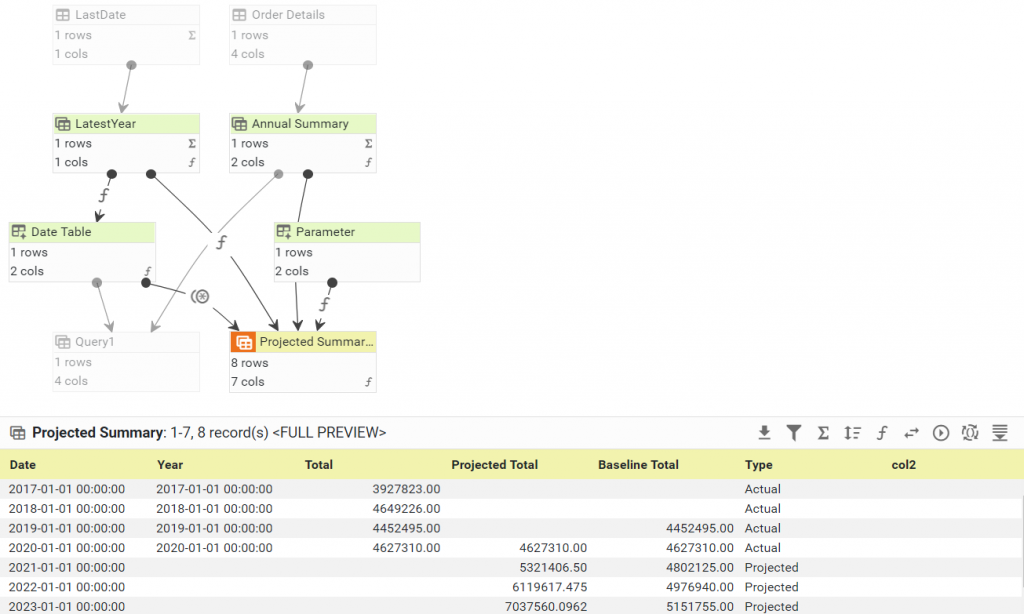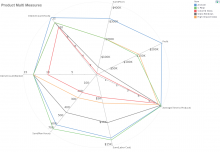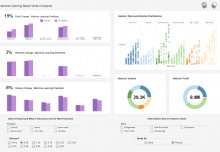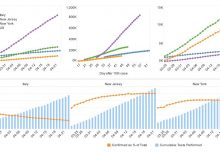Last Mashup post we discussed a simple use case demonstrating how data mashup can enable self-service and faster adaptability to data needs. Continuing on the same theme, this post will detail another practical use of data mashup that many types of organizations will be able to see the utility of.
It’s been said that when it comes to tech, 5 years of progress is equivalent to 20 years of progress in any other industry. New and often better ways of doing things are constantly being developed and improved upon, and in the world of BI and data visualizations, reporting and analytics are becoming more and more user-friendly, particularly to those without a tech background. Based on the rapid rate of advancement, in order to benefit from the best that the industry had to offer, one would need to update their reporting and data environments once every several years.
However, most organizations wait much longer to update their legacy systems, and not just for want of funds to purchase a new solution. Familiarity and comfort often keep people using the same old tools even when better ones are available (the continued widespread use of Excel in finance, despite all the developments in fintech, is an example of this). This is understandable, as many are busy enough with their regular job roles without taking time out of each workday to learn a new tool.
But the resistance to adopting new informational tools stems from more than just human inertia. The process of transitioning from an old database and reporting system to a new one is a challenging one, since during the transition business does not stop and reporting and analytics of both recent and historical data is still required. Keeping an old system updated enough to use in the interim while a new system is built is quite a bit of work for IT, and it’s not uncommon to have a situation where some required data is in the old system and some in the new.
The data mashup enabled by InetSoft’s data worksheet can smooth transitions such as these by enabling the creation of a single virtual data source which draws in the needed data from old and new. Just as spreadsheet data can be mashed up with database queries in the last example, queries from disparate data environments can be mashed up in the InetSoft data worksheet, providing a single source of data during the transition. Once a particular table of historical data has been migrated from the old system into the new, the data mashup software can be altered to bring in that data from the new system. In this example, an end user working with the data would not even need to know where particular data was coming from, they could focus instead on reports and visualizations.
Keep following The Mashup for more thoughts on data management and informational challenges.









